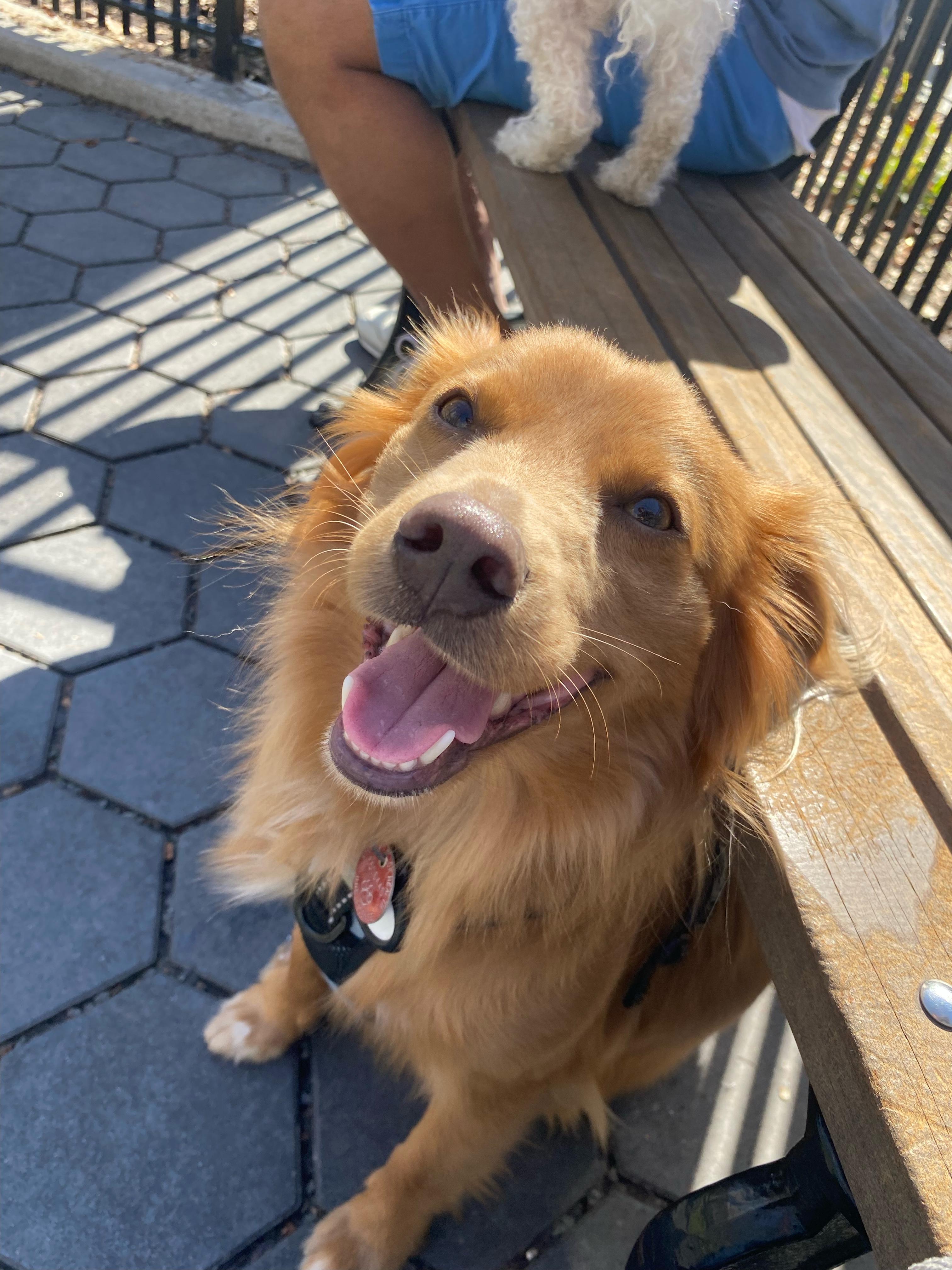Walking your dog is essential for maintaining their physical and mental health. The pace and duration of your walks can significantly impact the benefits your dog receives. Here’s how to determine the optimal walking speed and style for your furry friend.
Considerations for Walking Speed
Walks provide a healthy energy outlet, keep your dog’s muscles and circulatory system working correctly, and help maintain a healthy weight. Dogs who do not get enough daily exercise can resort to other activities such as chewing, barking, or rushing around your home. Several factors influence the ideal walking speed for your dog:
Physical Condition and Health:
Health and Age: Consult your vet to understand your dog’s physical limitations. Issues such as recovery from surgery, obesity, or age-related slowing can dictate a slower pace and shorter walks. Pushing a dog can prevent full recovery and enjoyment of the walk.
Breed and Energy Levels: High-energy breeds may require more vigorous walks, while smaller breeds or those with breathing issues may need a gentler pace.
Mental Stimulation:
Leisurely Strolls: For mental enrichment, slower walks with plenty of time for sniffing and exploring are ideal. This helps your dog engage with their environment and can reduce anxiety and destructive behaviors.
Exploratory Walks: Different walk routes will keep your dog alert and offer new sights and smells. Bringing along a toy and treats to have your dog find or carry will also improve your dog’s focus and cognitive skills.
Physical Exercise:
Brisk Walks: For cardiovascular health and weight management, aim for brisk walks. A steady pace that keeps your dog trotting at your side for at least 30 minutes is recommended. Gradually increase the pace to avoid overexertion.
Optimal Walking Speeds
Small Dogs: Generally comfortable at a pace of 1.5 mph for 30 minutes. These breeds typically need shorter, more frequent walks to avoid overexertion.
Large Dogs: Can keep up with the average human walking speed of 3 mph. Larger breeds can handle longer, brisk walks that help maintain their energy levels and muscle tone.
The Importance of Sniffing and Potty Breaks
Dogs experience the world primarily through their sense of smell. Allowing them to stop and sniff during walks provides mental stimulation and helps them feel more relaxed and engaged. Sniffing is not just a sensory delight for dogs but also a way for them to gather information about their surroundings.
Additionally, frequent potty breaks are essential for their comfort and health. It’s important to ensure that your dog has ample opportunity to relieve themselves during the walk. This practice helps avoid accidents at home and keeps your dog comfortable.
Adjusting Walking Speed
It is your duty as a dog owner to ensure your dog gets daily exercise that maintains and improves their quality of life. Smaller dogs (generally those under 30 pounds in weight) can maintain a speed of 1.5 mph for 30 minutes, while larger dogs (those 30 pounds and over) can keep pace with the average walking speed of humans at 3 mph. The speed should be increased gradually, giving your dog time to get used to a speed over a period of regular walks.
If your dog meanders and sniffs about, this is completely natural. This usually occurs when your dog is curious, but occurs very frequently when your dog needs to pee or poop. It is important never to rush a dog when doing his or her business, and to never try to get the dog to walk before finishing.
In the end, it is entirely up to what works best for you and your dog to get the desired benefits out of any particular walk. If you are still concerned, Swifto can actually calculate the average speed of a walk. When you hire one of our walkers, this information is available to you on your dashboard.
Looking to book a dog walk? With Swifto, you can rest assured that your dog is getting the exercise they need, tailored to their specific needs and preferences. Contact us today to schedule a walk and see the difference personalized care can make.
By Callie T.


